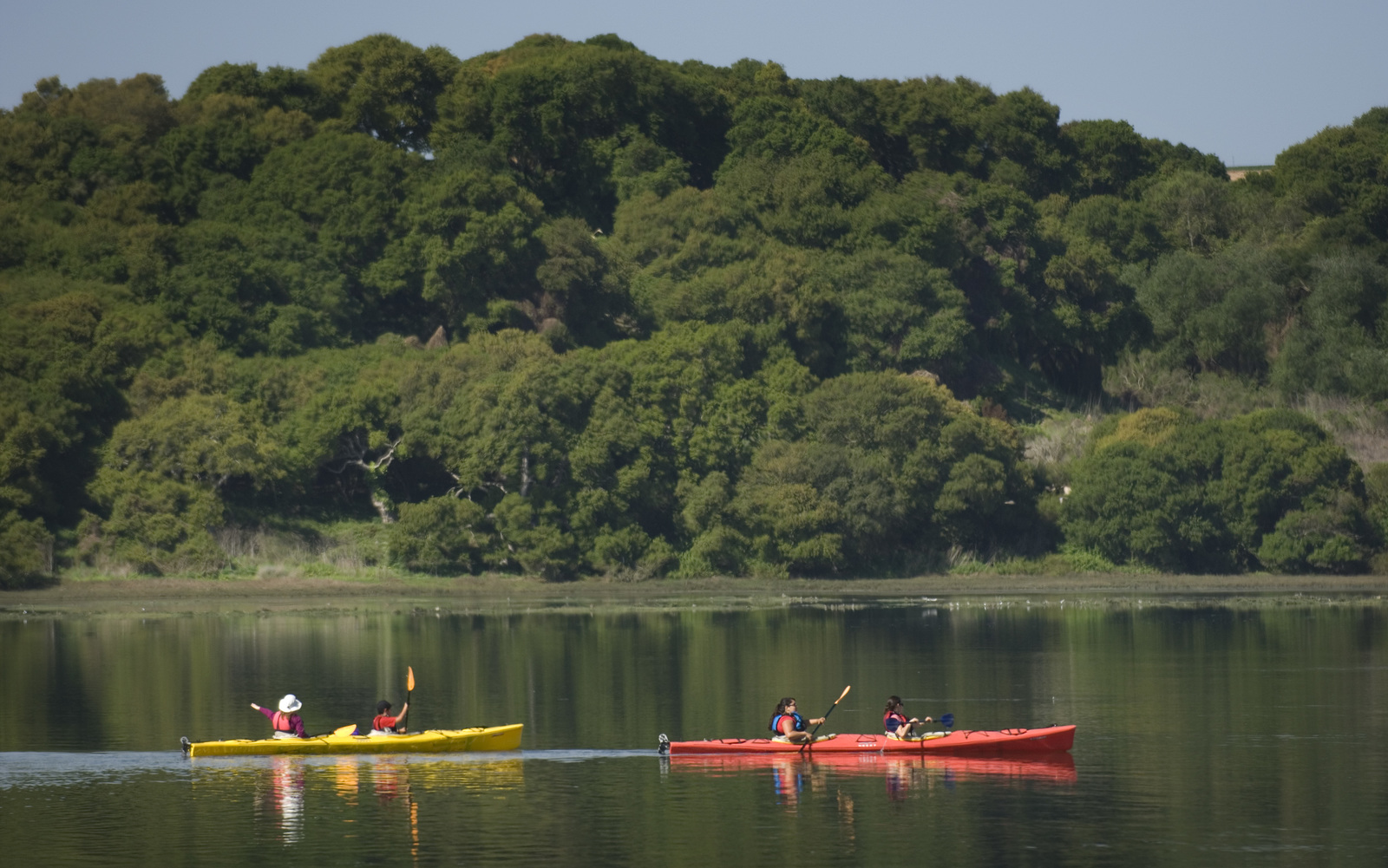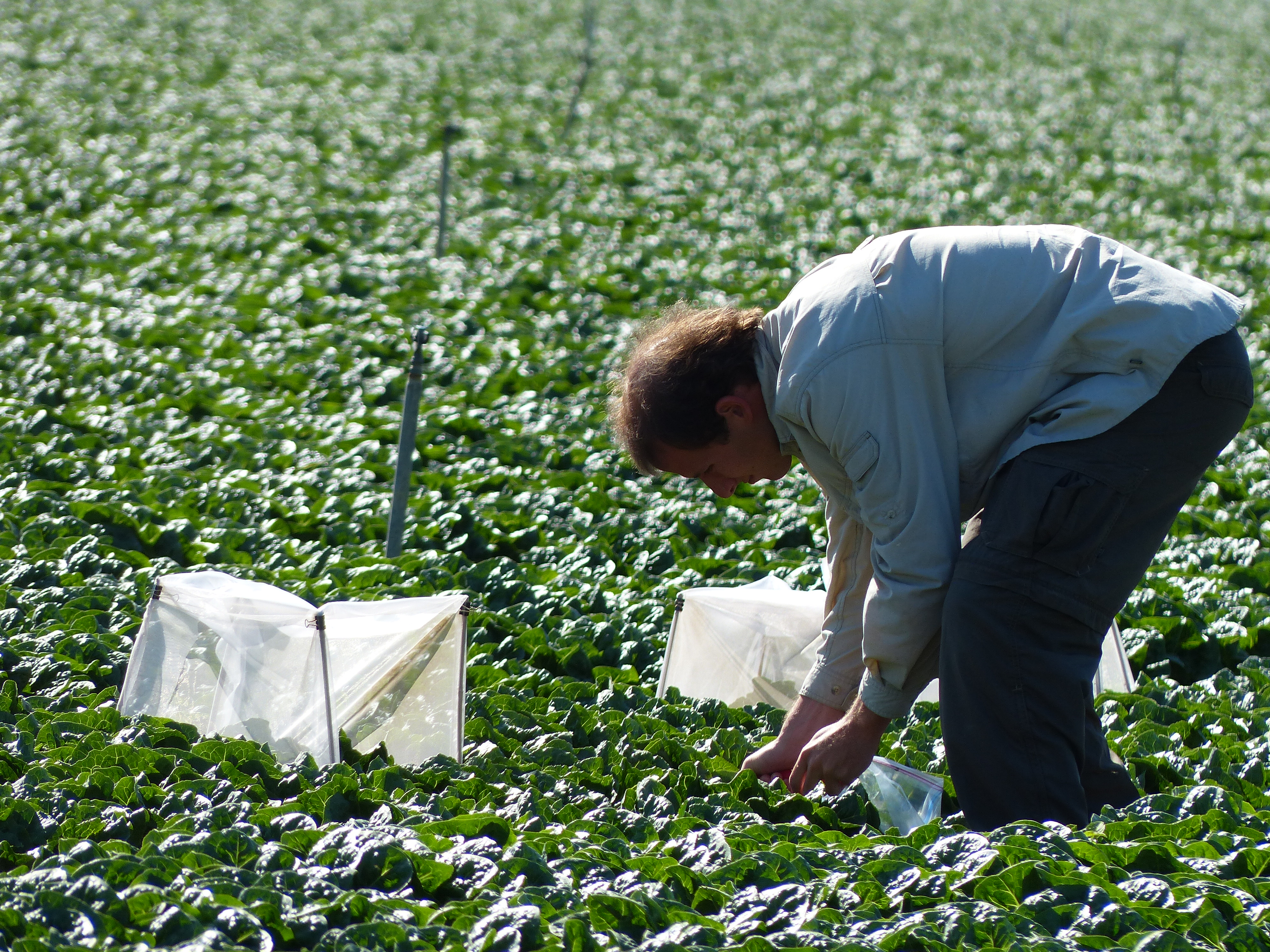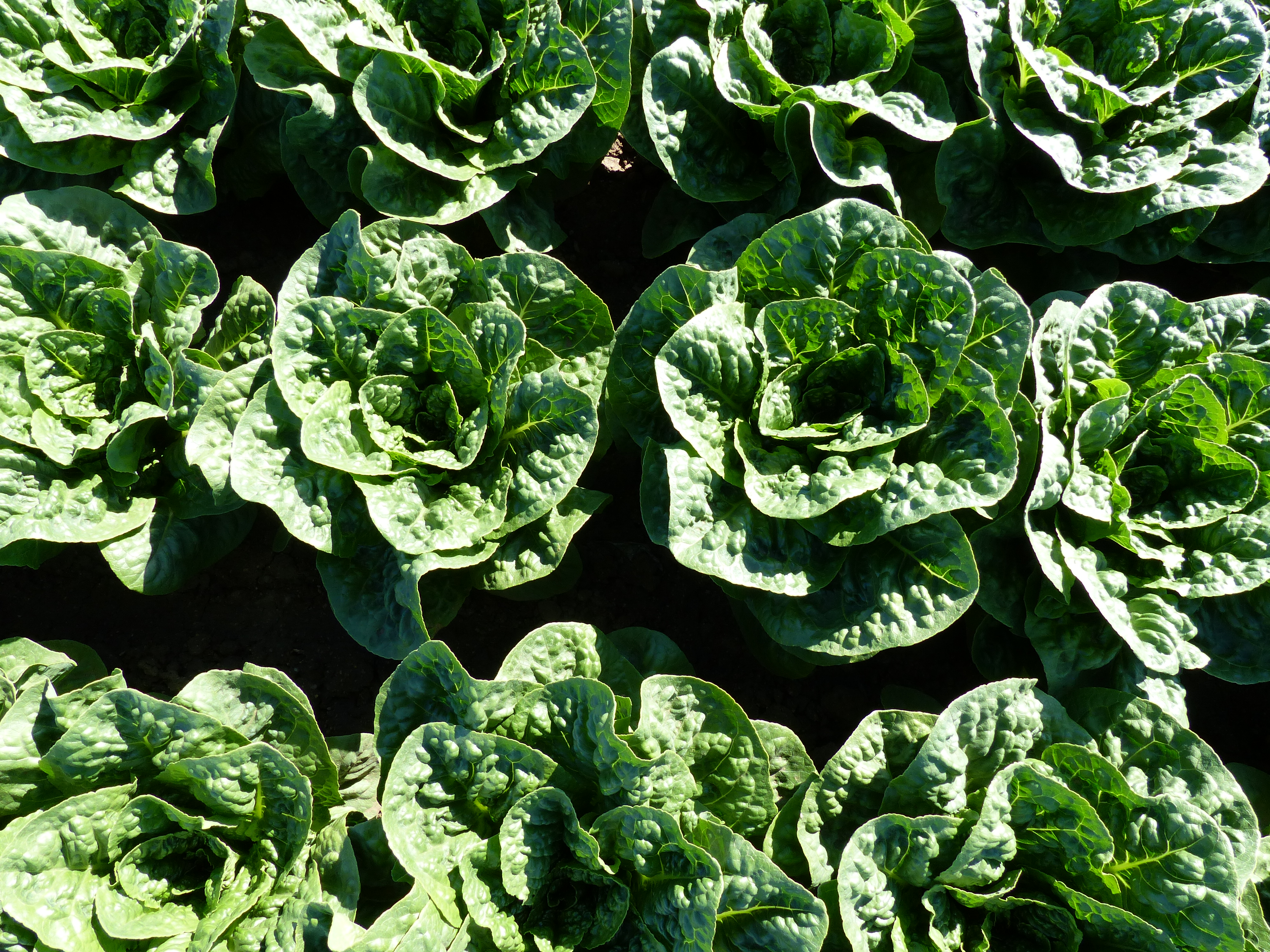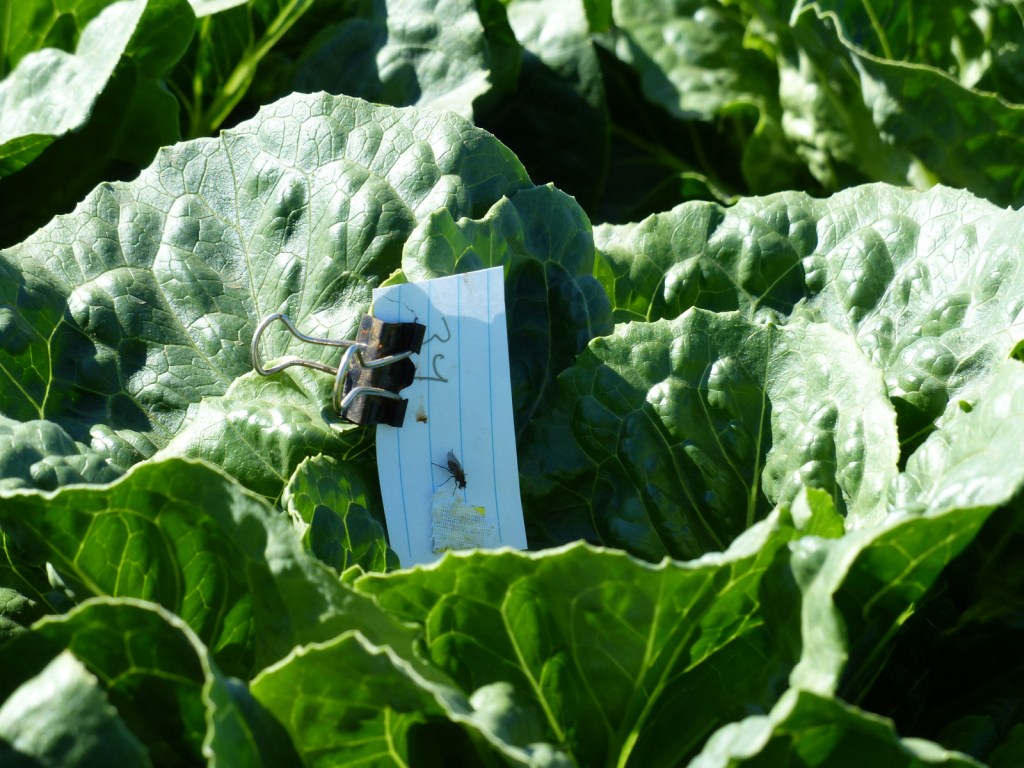A new paper in the Journal of Applied Ecology finds that two farm-based food safety practices – removal of non-crop vegetation in and around fields, and abandonment of composting – actually hurt farmers without making food safer.
“The practices are unnecessary,” said Danny Karp, lead author on the study. “Not only are they ineffective for their intended purpose, they damage growers by decreasing crop yields and pest control.”
Karp conducted this research as a NatureNet Science Fellow with The Nature Conservancy and the University of California at Berkeley. As part of his fellowship, Karp collaborated with senior Conservancy scientist Sasha Gennet and others to determine the efficacy of emerging farming practices for food safety.
Death, Disease and Organic Spinach
The impetus for food safety reform and the intense focus on how farm fields contribute to food safety began in earnest in 2006, after an E. coli outbreak killed three people and sickened hundreds in the United States. Though the source of the outbreak was eventually traced to organic bagged spinach harvested from a field on California’s Central Coast, no one could ever definitively say how the spinach had become infected in the first place.
In the end domestic animals and wildlife each took part of the blame. The result: in efforts to comply with new rules and industry pressure, farmers began fencing their fields, abandoning compost, and removing habitat across the Central Coast.
Unfortunately, there was little scientific basis for these actions and people were forced to make sweeping changes to farms and farming practices on the basis of assumption, supposition, and guess work. Yet, as a paper published last year in the Proceedings of the National Academy of Sciences showed, they were guessing wrong, at least when it came to habitat removal.
That study, also by Karp, Gennet and others, showed that removing habitat from farm fields didn’t make food safer. If anything, removing habitat was associated with a marginal increase in food borne pathogens
The bottomline, Karp said at the time, “is that removing habitat from farm fields does not mitigate pathogen risk and there’s no reason to continue it.”
Nature, Farms & Food Safety: What the Science Says
This latest study builds on that earlier work and looks at the question of nature’s effect on farms, farmers and food safety from another angle. If removing habitat from farm fields doesn’t improve food safety, are other practices equally as ineffective, or worse, potentially damaging?
To answer those questions, scientists wanted know if: (1) preserving non-crop vegetation (habitat) around farm fields provides a pest-control or yield benefit to growers, and (2) properly treated manure-based compost hurts or helps farmers and food safety.
Research was carried out over two growing seasons at 29 sites on certified organic farms on the Central Coast.

“The Central Coast is a global hotspot for biodiversity,” said Gennet. “The Nature Conservancy has been working on land and water conservation here in Monterey County for over 50 years—think of Elkhorn Slough, Monterey Bay, and the Big Sur Coast.
“After the E. coli outbreak, we started hearing about, and eventually were able to document, significant loss and degradation of riverside vegetation that provides exceptionally high value habitat for wildlife. This new paper takes the early studies much further, demonstrating that these practices are not only damaging to nature, but that consumers and growers are not benefitting either.”
What the Science Says: Habitat and Pest Control

Scientists found that fields surrounded by habitat had more diverse insect populations, including greater numbers of the beneficial insects – like syrphid flies – that prey on agricultural pests. Conventional farmers often seek to control so-called “bad bugs” (like aphids) with synthetic insecticides, which are both expensive and known to have negative human health consequences.
In terms of other ecosystem benefits from preserving habitat, the research showed that non-crop vegetation in and around farms didn’t seem to directly increase yield. However, controlling pests can help prevent loss of product due to insect predation that causes cosmetic damage to crops – like lettuce — and makes them unsaleable on the wider market.
What the Science Says: Compost, Crop Yield & Food Safety
Unlike habitat, the scientists observed no effect of compost on pest control, either by increasing populations of beneficial insects or decreasing populations of pests. However, compost increased crop yield significantly.
Additionally, said Karp, “Lettuce grown on compost grew bigger. We also surveyed for E. coli and found that properly treated compost was not introducing E. coli.”
Proper treatment is key because the treatment of the compost is what makes it safe for use on farm fields. It’s all about the heat. Manure-based compost that is regularly turned reaches internal temperatures that are high enough to kill pathogens like E. coli and Salmonella.
What Happens in California Doesn’t Stay in California

These studies showing nature’s value to agriculture matter because the Central Coast of California is the heart of production for much of the produce consumed in the United States — and also because the region is globally important for biodiversity.
What happens there – from research to improve crop yields to the development of rules and regulations to govern food safety – can and does have far-reaching effects on farms and agricultural practices across more than 4.5 million acres of produce fields in the U.S. alone.
“We will be continuing to work with the NatureNet Science Fellows program next year,” said Gennet, “focusing on the role that agricultural soil management can play in mitigating climate change and how those practices may affect natural communities. The collaboration with NatureNet is essential to addressing these critical and timely issues.”
NatureNet: Applied Science to Solve Real-World Problems
Meeting the world’s needs for energy, food, and water without exacerbating climate change or degrading natural systems is the unprecedented challenge of the 21st century. The Nature Conservancy and some of the world’s premier universities are helping meet this challenge through the NatureNet Science Fellowship program — creating a new generation of interdisciplinary conservation leaders who marry the rigor of academic science and analysis to real-world application in the field.
Karp’s work as a Fellow was part of a larger, ongoing effort around sustainable agriculture that is resilient to climate change. If the world is going to feed a projected population of 9 billion people by 2050, we need to find ways to intensify agricultural production without destroying the ecosystem services – like pest control and fertilization – that nature provides.
Danny Karp completed his two-year NatureNet Science Fellowship in 2015. He is currently a Killam Fellow at the University of British Columbia and in January 2017, will take up a position as an assistant professor at the University of California at Davis.




Join the Discussion
1 comment